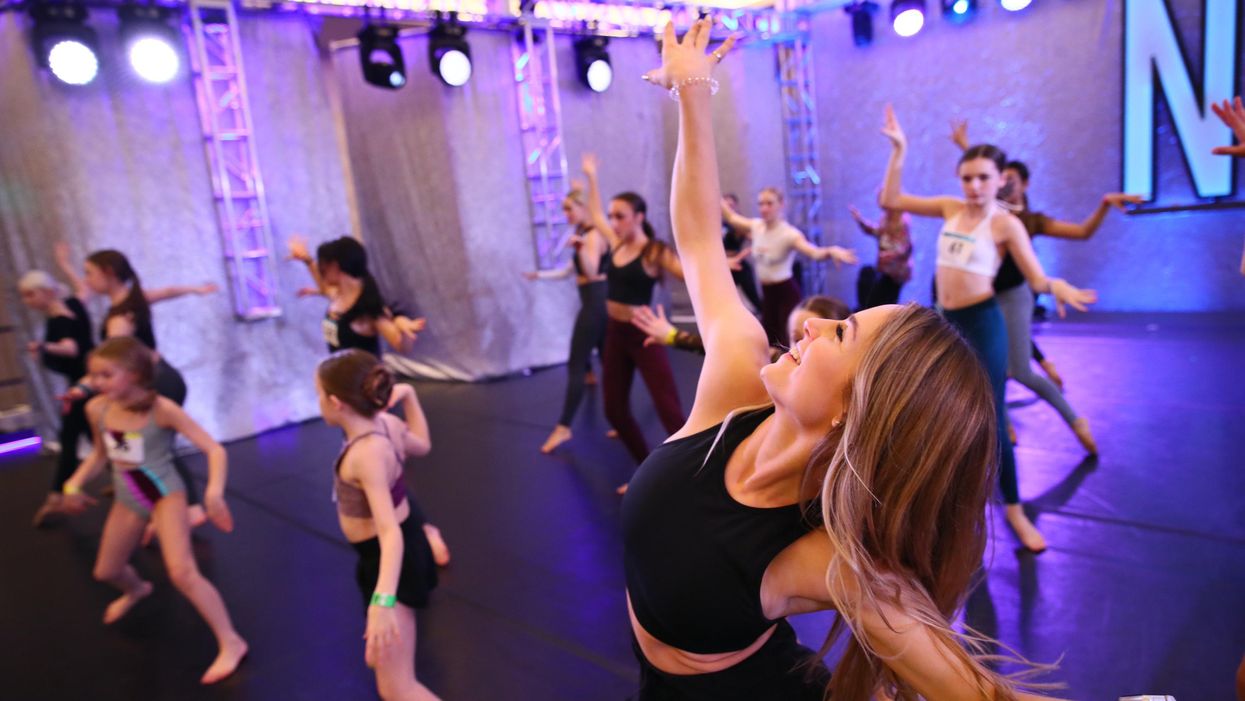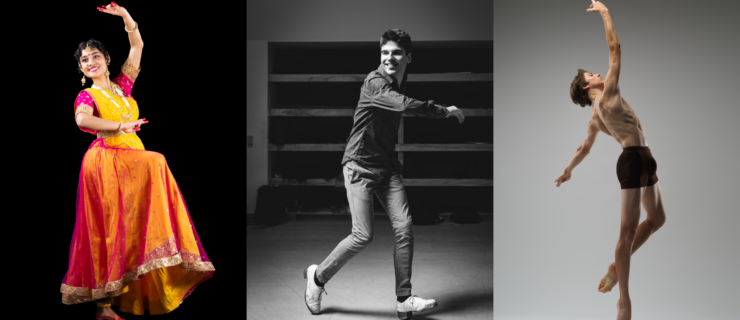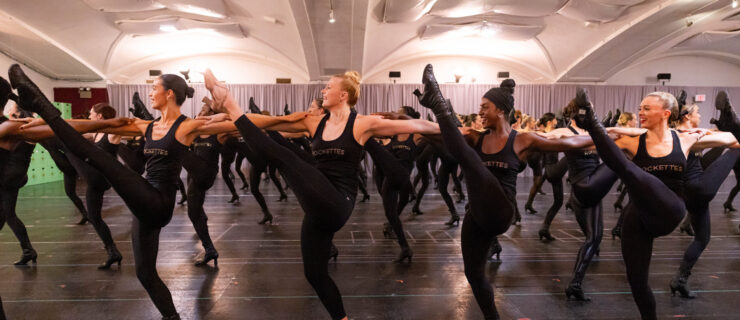How to Perform Without a Mask…Again
The world is slowly opening back up. And if we can be honest, none of us will miss our sweaty masks sticking to our faces. Wearing a mask while dancing is nobody’s favorite thing.
But there’s another downside to masks that dancers must now grapple with: a year and a half now spent practicing performance incorrectly—that is, without using the face, which is the ultimate tool in conveying intention and emotion.
Dupree Dance faculty member Melissa Miles has seen this change firsthand. “As a dance-convention instructor, I have seen dancers stop performing with their face while they’re wearing their masks in class,” she says. “If we’re not practicing our performance skills, we can’t expect them to be great when we actually go onstage.”
Recital and Nationals season is the perfect time to retrain those facial muscles. Dance Spirit spoke with Miles and Royal Flux company member Alexia Meyer on how to “face” the challenge.
Mirror, Mirror on the Wall
Go somewhere you’re comfortable and take a look at your full face in a mirror (your cell phone camera works too). Explore different ways of moving your facial muscles. Don’t be afraid to explore new looks, even if they feel uncomfortable. “Remember, your facial expressions are not just smiles,” Miles reminds. “They’re your whole face.”
Additionally, keep in mind that it takes more than just a single expression plastered on for a two-minute routine. “If you’re watching yourself in a mirror, make sure your face is not stagnant,” Meyer adds. “There needs to be some sort of growth and change in your expression throughout your performance.”

Melissa Miles leading class at Dupree Dance Convention | Photo by Alyssa Park
Let It Go!
One of the most important assets as a dancer is being able to tell the story of a song through your own expression, so it’s helpful to take some time and explore what that could feel like. “Something that I personally love to do is just put in my headphones and blast my music to fully get in the zone of a certain song,” Meyer says. “Performance is supposed to be something that you feel first and showcase after. Dancers tend to overcompensate and perform in a way that doesn’t come from a natural place, probably trying to make up for what they think that they should be doing.”
As you listen, just let go and allow yourself to really sink into the music’s vibe and intention. “Notice the energy of the song,” Miles says. “Is it slow? Is it hype? How does it make you feel when you’re listening to it? That feeling is the first key to what kind of facial expressions you should have while performing that specific song.”

Alexia Myer at NYCDA | Photo by Evolve Photo & Video Courtesy NYCDA
Play That Back
Watching videos of yourself and other performers can be a powerful assessment, so use it to your advantage. “Sometimes we are really feeling our performance, but then when we watch ourselves back on video, that passion doesn’t show through,” Miles explains. You can even go back to old videos of yourself and honestly compare them to how you perform now.
Mask On, Mask Off
We’re (still) in such a strange time. Some studios and venues don’t require masks, others do. Be a proactive performer and prepare for any scenario by practicing your routines both with and without a mask. “When you’re performing, you already have new factors to account for, such as the bright lights and stage floor,” Meyer says. “You want to do your best to already be acquainted with the feeling of wearing your mask before you step into more unknown elements. Remember: Even with masks on, we can still tell whether you’re performing.”

Melissa Miles leading class at Dupree Dance Convention | Photo by Alyssa Park
Moving Forward
For so many of us, excellent stage presence is not something that comes naturally, and that’s OK. “Just like anything else, it takes practice,” Miles encourages. “If you are not practicing your facial expressions in the studio, you most likely will not do them onstage. We have to train our facial performance skills just like we do our technique.” Meyer agrees. “As a judge at dance competitions, there is a section for performance quality,” she explains. “It is something that you get corrections for, which means that there’s room to learn about it, teach about it and improve upon it.”




